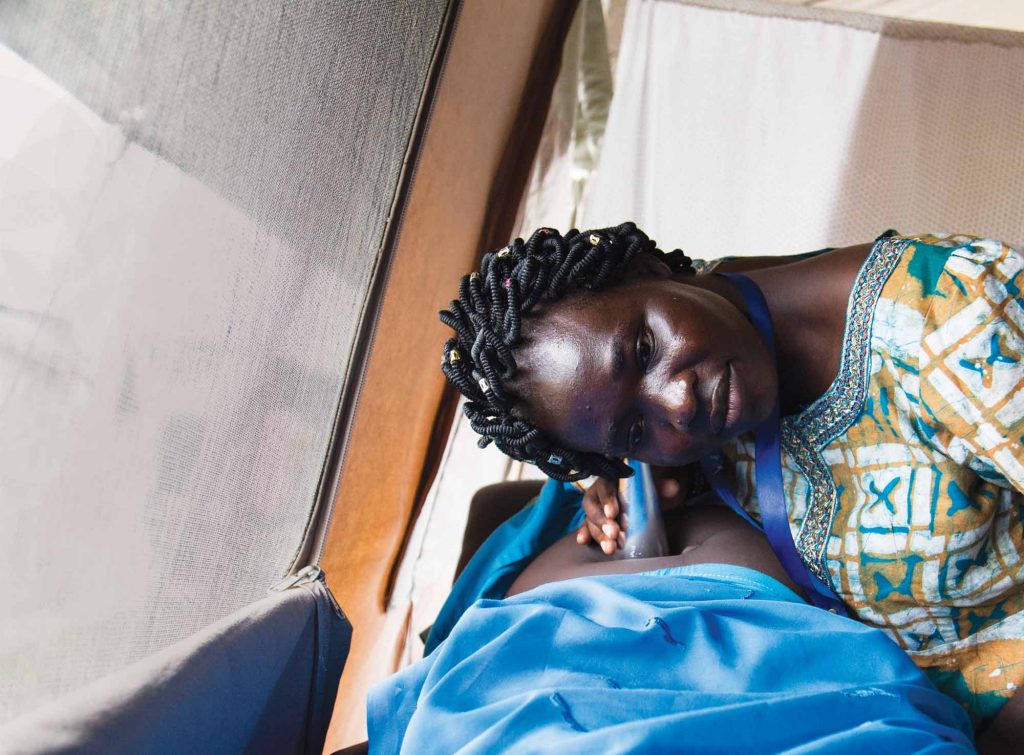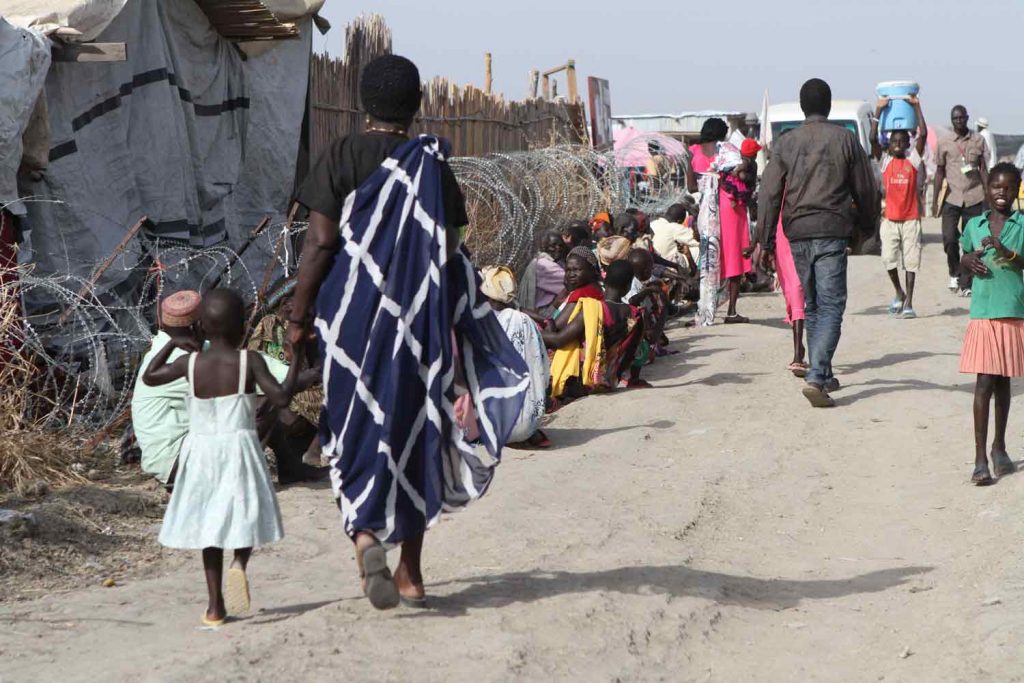
Before South Sudan became a nation, it was a retreat for hundreds of thousands fleeing conflict from the north in Sudan.
Today, refugees continue to pour into South Sudan – at the same time, violence within the country from civil war is displacing tens of thousands of others. In all, 1.5 million have had to flee their homes to safety.
South Sudan is particularly dangerous for mothers and children. In fact, it consistently ranks worst in the world in maternal mortality. An astonishing 1 in 7 women dies in childbirth here.
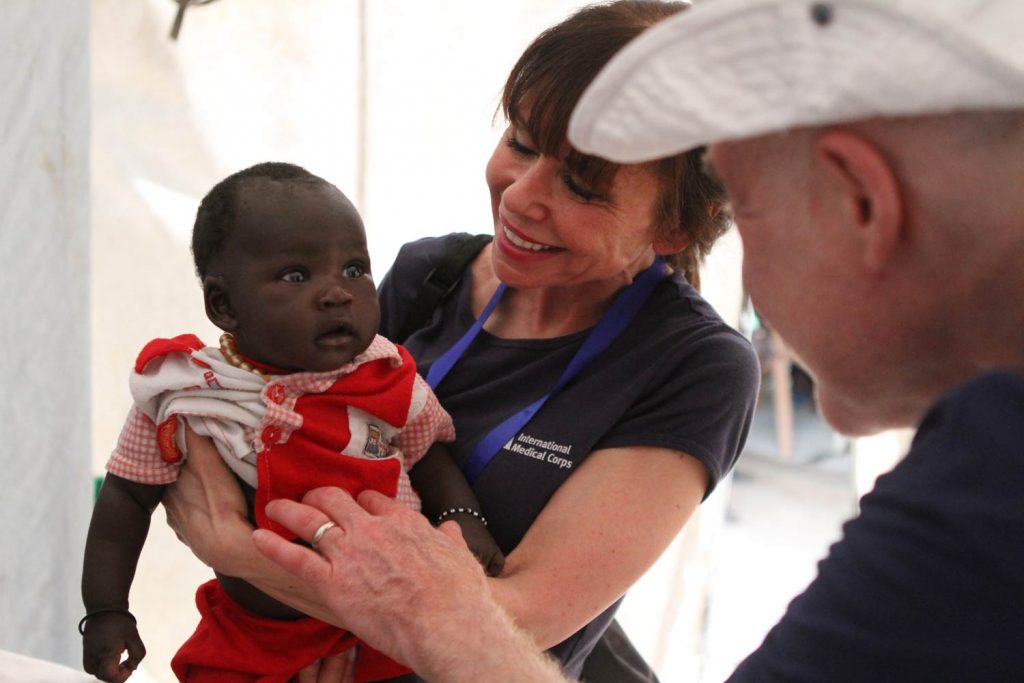
That is why International Medical Corps brought Heidi Murkoff to South Sudan. You may not recognize Heidi’s name, but you know her work. She is a world-renowned expert on maternal health and pregnancy and author of the book “What to Expect When You’re Expecting”. The so-called “pregnancy bible,” The “What to Expect” series has sold 34 million copies and been published in 30 languages.
Heidi and her husband Erik came to South Sudan to see first-hand the challenges pregnant women face, and what can be done to address them.
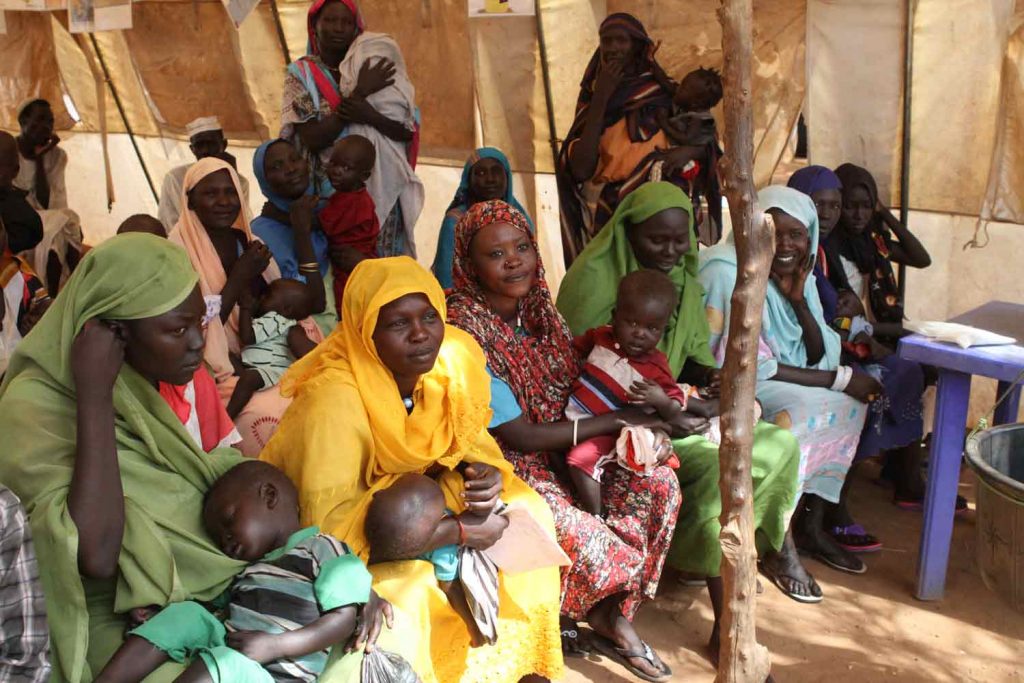
There are fewer than 100 certified or registered midwives in the entire country. This lack of qualified, trained health workers, coupled with the internecine conflict, and recurrent cycles of hunger make it one of the toughest places for women to have a safe pregnancy and delivery.

The Murkoffs got a good snapshot of the challenges, when a 28-year-old woman named Esta staggered through the door of our maternity ward at the Kajo Keji Hospital.
It was 10 am and Esta had walked from her village that very morning, in hundred-degree heat, to make it to the hospital. Her village is 15 miles away. And because her husband was sick she had to make the journey alone.
In labor. Walking. For 15 miles.

On average, the hospital in Kajo Keji delivers about six babies a day.
The minute Esta entered the maternity ward, Antonina, the head of International Medical Corps’ health training institute in Kajo Keji, whisked her into the delivery room. Antonina had seen it all. For 35 years, she has been bringing babies into the world in Kenya and South Sudan. And while she is amazed at what Esta had to endure, sadly Esta’s ordeal is common in South Sudan: women walking great distances to deliver their children safely.

On the delivery table Antonina began helping Esta breathe and push, instructing two other midwife trainees as she went. Another midwife, a graduate of our training school, prepared to receive the child.
But after two hours of contractions and pushing, Antonina grew concerned that a woman with four children, who was so far into labor when she arrived, had still not delivered. “Normally it would be half-hour and done,” Antonina said. “Two hours is too long. I’m concerned the baby, so low in the canal for so long, is not getting enough oxygen. We may have to prepare for Caesarean.”

At this point, Esta was beyond weary and close to giving up. Heidi had been standing by her side throughout the labor – Esta clutching her arm. We were about to make the decision to do a Caesarean. Then, Esta gave it one last try, pushing, pushing. Slowly, the baby’s head emerged. Its hand had been pushed against its face and up over its head. That extra width was making it hard to push through.
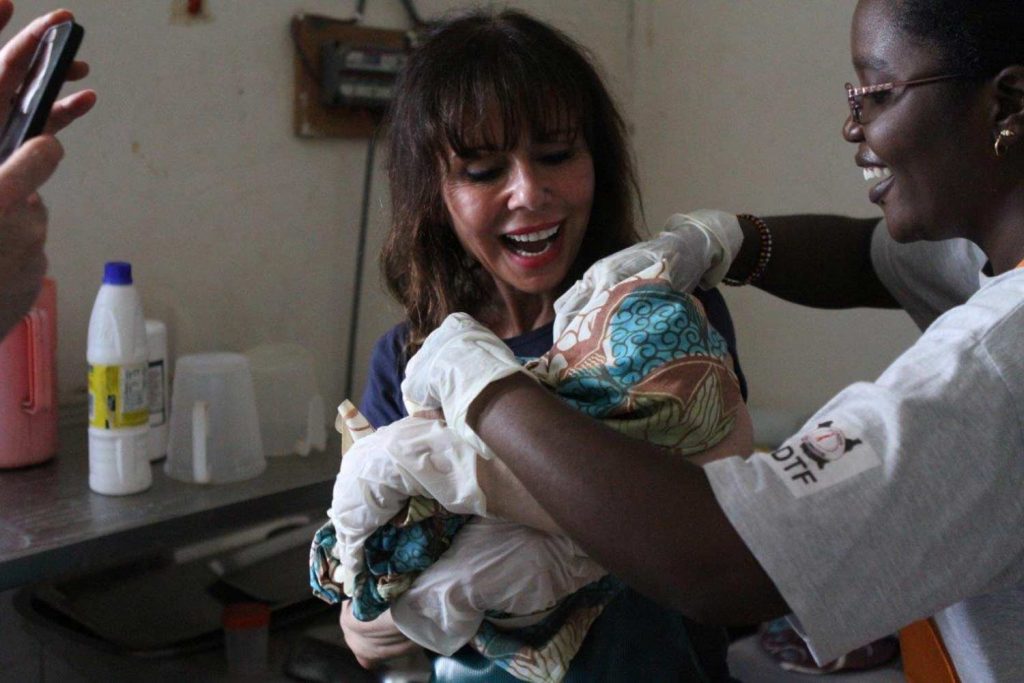
Finally the baby was out. A baby girl. Healthy, just fine.
What would Esta have done if she had delivered while walking to the hospital? Or if she had stayed home and not been attended by a trained midwife? Would her child have survived? Would Esta have survived?
This is the reality for so many mothers here, who lack access to trained professionals to help them have safe pregnancies and deliveries.
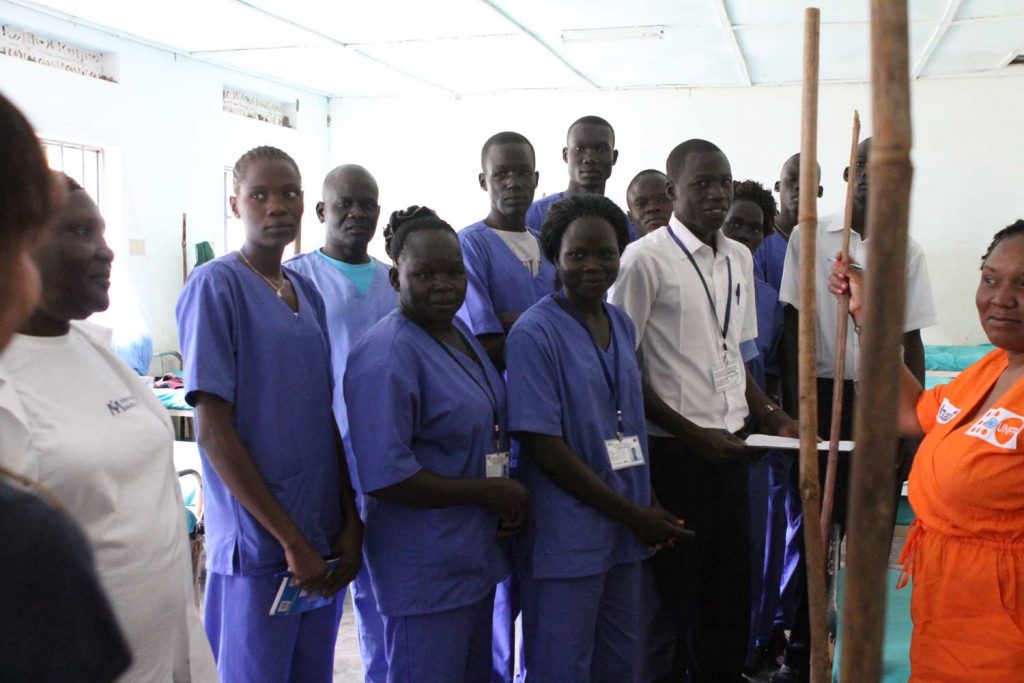
The answer is helping the South Sudanese to help themselves – training local health care workers to care for their own communities. International Medical Corps operates the National Health Training Institute in Kajo Keji, the Juba College of Nursing and Midwifery, and the National Midwifery School in Wau, where we are working to formally educate hundreds of certified midwives and establish midwifery training curriculum for the country. By the end of 2015 we will have graduated 150 certified midwives, more than doubling the country’s current number.
By the way, Esta named her baby Heidi.

